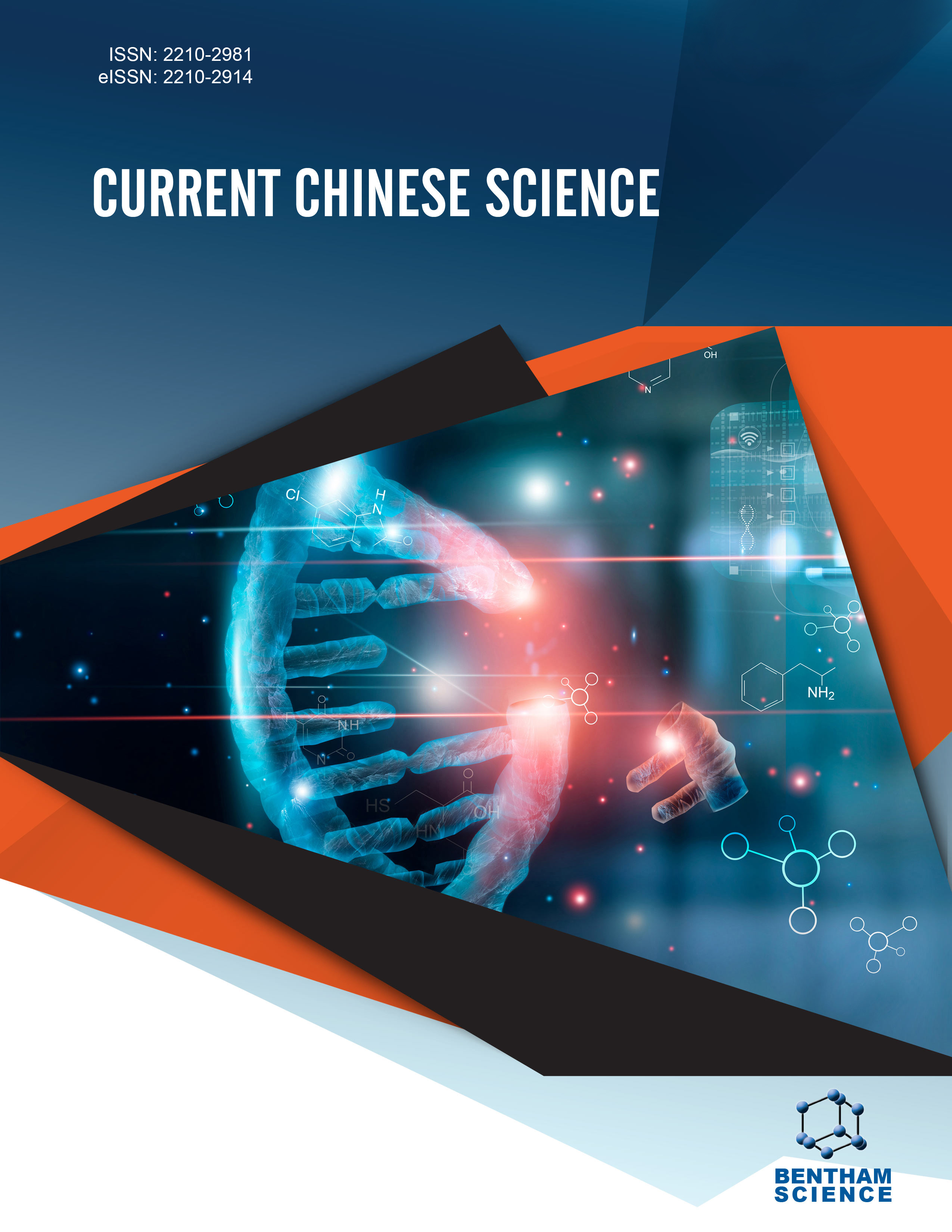-
s CVD Approach to a Single Gallium Oxide Nanowire for Solar-blind UV Detector
- Source: Current Chinese Science, Volume 3, Issue 1, Feb 2023, p. 23 - 31
-
- 01 Feb 2023
Abstract
Aims: Finding a simple, energy-saving and low-cost synthesis method to process gallium oxide nanowires by CVD for solar-blind detector. Background: Due to a bandgap of 4.5 ~ 4.9 eV and a high breakdown field strength of 8 MV/cm, gallium oxide (Ga2O3) has great application prospects in solar blind ultraviolet detection and highpower devices. Notably, Ga2O3 NWs are currently the key research objects of solar-blind UV detection materials because of the characteristics of efficient photocarrier separation and collection, and the bandgap width perfectly matches the energy of deep ultraviolet photons. Objective: To find a simple method to synthesize Ga2O3 nanowire with smooth surface and uniform diameter, and the prepared single gallium oxide nanowire UV detector has high photoelectric conversion efficiency. Methods: Ga2O3NWs are prepared on the SiO2/Si substrate by chemical vapor deposition (CVD) approach at low reaction temperature with gold particles serving as the catalyst and gallium arsenide (GaAs) as a gallium source. Results: X-ray diffraction and Raman spectroscopy characterization indicate the crystal structure of NWs is β-Ga2O3, and scanning electron microscope (SEM) characterization proves that the NWs have a uniform diameter and smooth surface. Moreover, the high-resolution transmission electron microscopy (HRTEM) characterization shows that the material had high crystal quality. Moreover, the photoconductive solar-blind UV detector with a single Ga2O3 NW is prepared, showing the excellent performance of the high responsivity and external quantum efficiency. Conclusion: The effects of growth temperature and the size of gold catalyst on the morphology of β-Ga2O3 NWs have been investigated. The results show that with the reaction temperature is 625 °C and the diameter of Au catalyst is about 30~50 nm, it is more conducive to the formation of NMs with crystal structure, smooth surface and uniform diameter. The performance of the solar-blind UV photodetector shows that the device has higher sensitivity (R = 149.82 A/W), external quantum efficiency (EQE = 73206%), and response rate Τrise = 0.66 s, and Τdown = 0.45 s.


